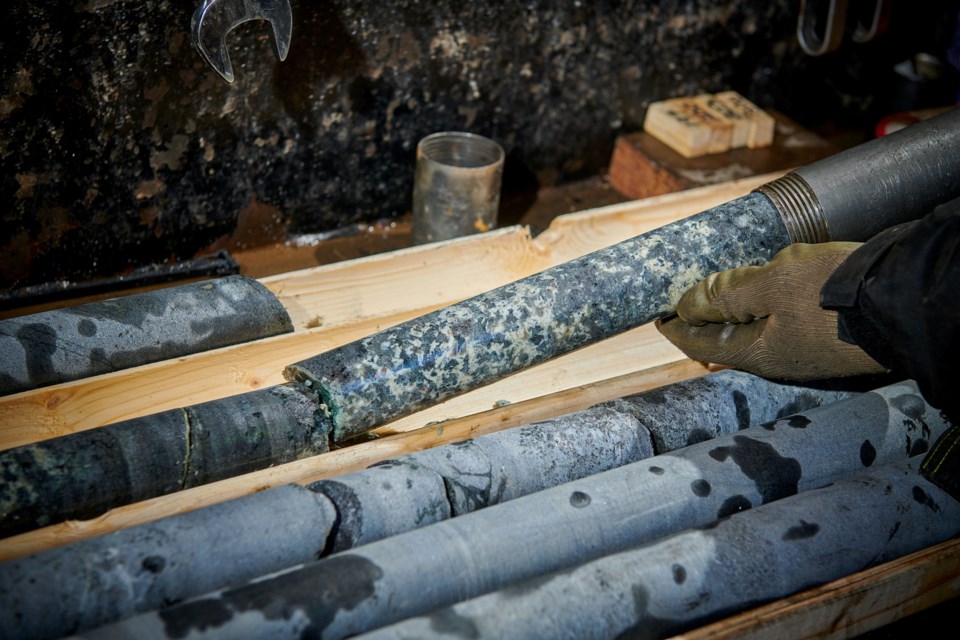Marathon mine developer Generation Mining has had its mine closure plan approved by the province.
In a news release, the company said it’s passed another milestone in the permitting process for the future open-pit palladium and copper project.
Receiving approval of a closure plan is key for a mining company in Ontario. Mining operations can't start unless a certified closure plan is in place.
A closure plan describes what measures a company will take over the life of the mine to rehabilitate the site and restore it to a natural state. The company must also post financial assurance to cover the costs of rehabilitation.
The proposed mine is 10 kilometres north of the town of Marathon on the north shore of Lake Superior.
The company hasn’t made a final decision to proceed with construction but it could begin early next year. Pre-production and mine commissioning could tentatively begin in mid-2025.
“The approval of our Closure Plan for the Marathon Palladium-Copper Project is the conclusion of months of work to define the social, environmental, and technical elements of the Closure Plan to achieve the land use envisioned for the property after mining concludes,” said Gen Mining President-CEOJamie Levy in a statement, “including establishing a self-sustaining ecosystem, re-establishing access through the area for traditional land use and providing future economic development opportunities.”
Last summer, the company obtained an Endangered Species Act permit and received the Environmental Compliance Approval issued by the Ministry of Environment, Conservation and Parks for air and noise emissions for the Marathon Project.
Additional permits and approvals will coming in over the remainder of this year, the company said.
The Marathon Project, valued at $1.16 billion, is expected to produce an average of 166,000 ounces of palladium and 41 million pounds of copper, annually, over a 13-year mine life. There’s also silver and gold in the mix of payable metals. The odds to add longevity to the mine’s life look good as the company continues to explore on its 22,000-hectare piece of property.




